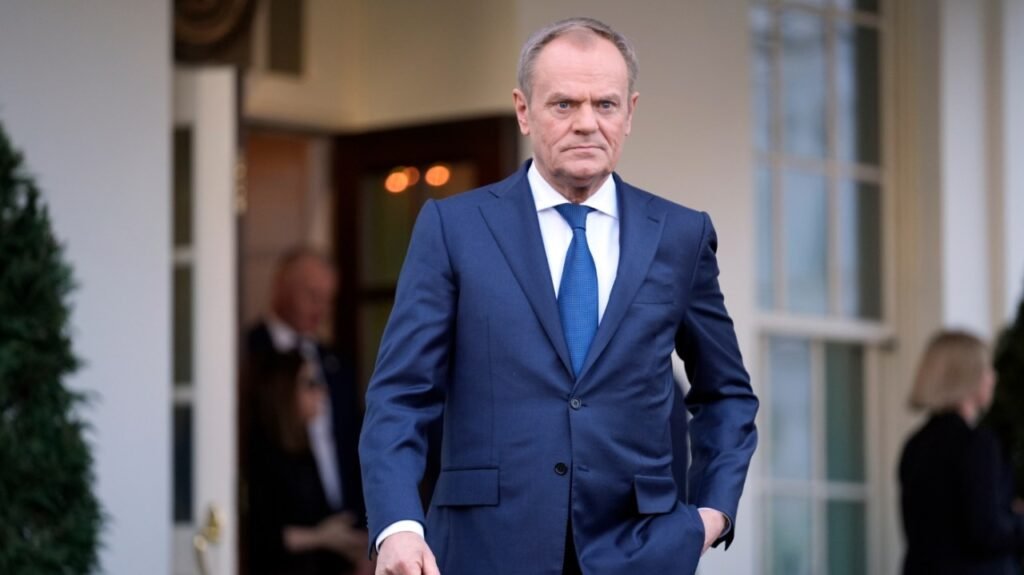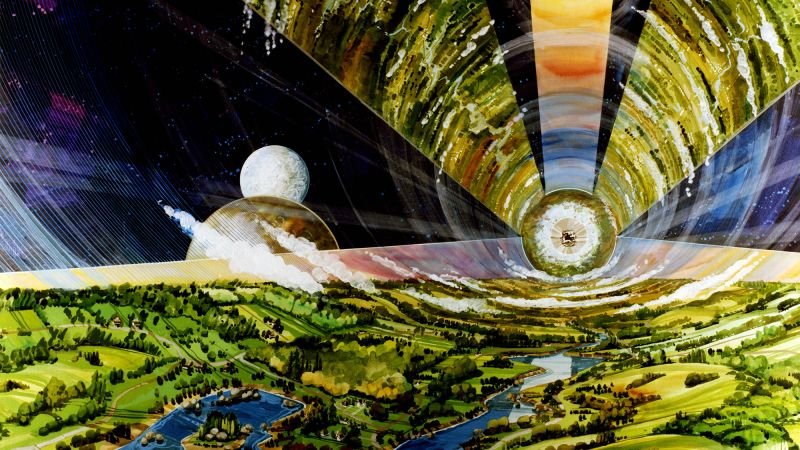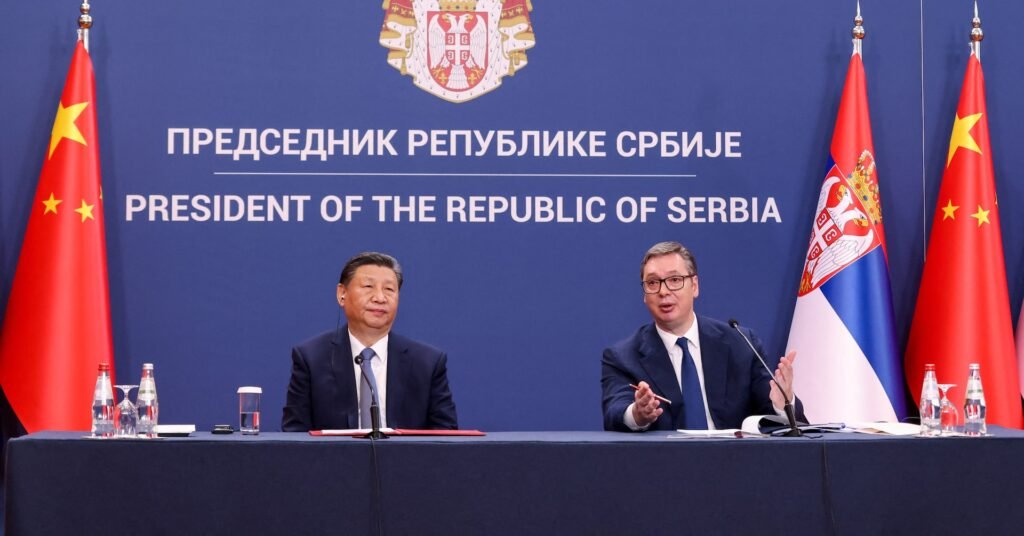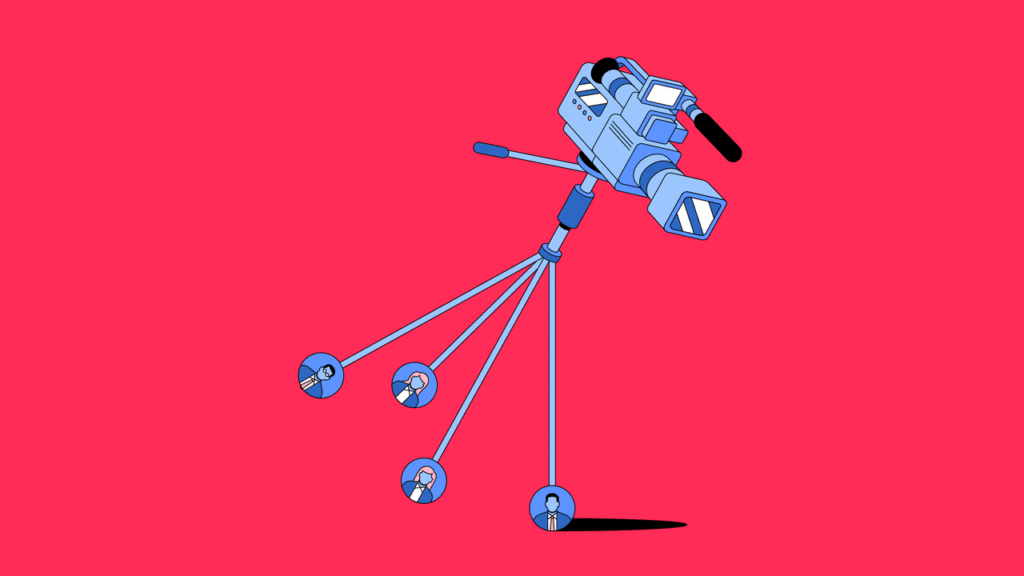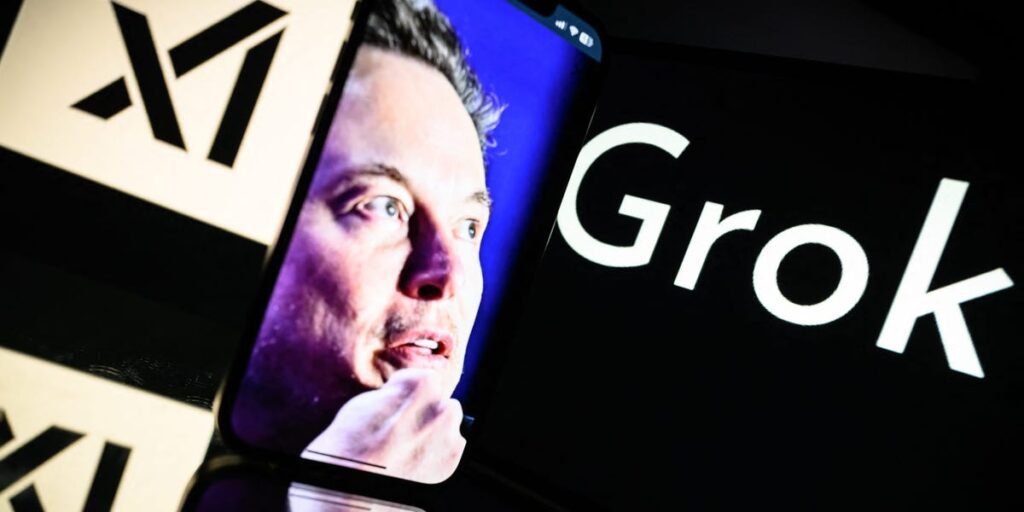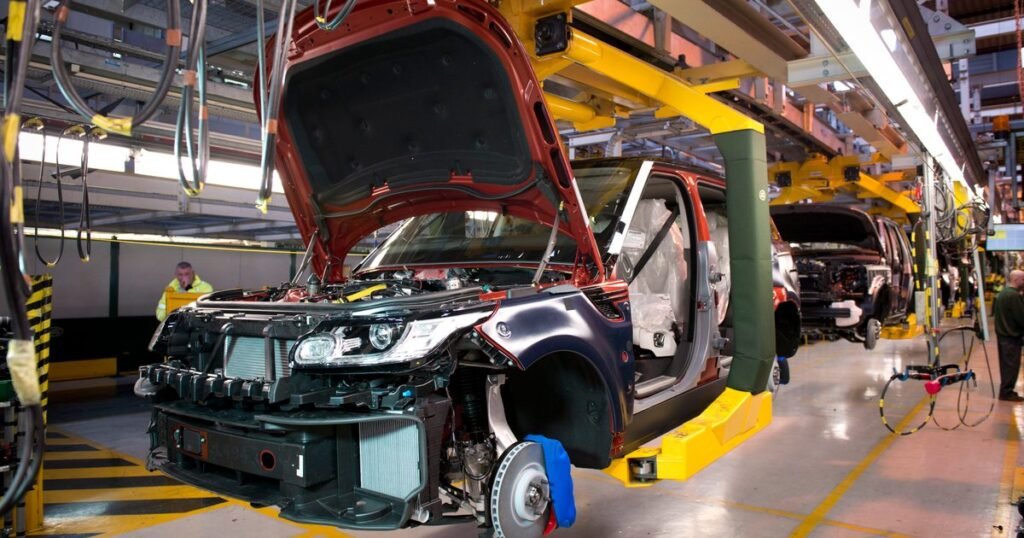After five years of quietly building in the shadows, Amazon’s (NASDAQ: AMZN) Zoox has finally emerged from the lab. And to their credit, it didn’t show up in a Prius with a webcam screwed to the roof. Next Wednesday, Zoox is set to officially launch its first public, fully driverless robotaxi service in Las Vegas, offering free rides between hotspots like Resorts World, Area15, the Luxor, and Top Golf. It’s by far Amazon’s most serious swing yet at the autonomous vehicle market. A sector that’s been filled with crazy promises, embarrassing resets (hi, Cruise), and a whole lot of investors asking, “Is this ever gonna work?”
What makes Zoox stand out is that it wasn’t built for humans to drive at all. Unlike Waymo (NASDAQ: GOOGL), Tesla (NASDAQ: TSLA), and others who started by retrofitting existing cars, Zoox went full “screw it, we’ll do it live” and designed a vehicle from scratch. The result is a bidirectional, toaster-shaped pod that has no front or back, not a single pedal, no steering wheel… and, get this, absolutely no seat for a driver. You sit face-to-face with your fellow passengers like you’re in an awkward startup offsite, except your meeting room is quietly weaving through Las Vegas traffic with no one at the wheel.
Most importantly, there’s no safety driver onboard. This isn’t Tesla’s “Full Self-Driving” (which still comes with a human babysitter), or Cruise’s now-sidelined ghost cars that needed regulatory waivers. This is the real driverless deal, and Zoox becomes one of the first companies in the U.S. to put a truly autonomous, custom-built robotaxi on public roads, with real passengers and no humans in control.
Zoox’s Differences May Be Its Advantages
Yes, the rollout is small. We’re talking geofenced routes between a handful of Vegas hotspots. Right now, it will be more “robotic casino shuttle” than citywide mobility revolution. But that’s the point. Amazon isn’t trying to wow the public with scale on day one. They’re trying to prove that the tech works, that the sensors can handle drunk pedestrians, confused tourists, and unpredictable traffic… all without a human holding the wheel as backup.
Zoox’s hardware is overkill in the best way. Each vehicle comes with 18 cameras, 10 radar units, 8 lidars, thermal imaging sensors, and directional microphones; the kind of sensor redundancy that screams, “We’re not messing this up on the Strip.” The ride is powered by a battery that lasts up to 16 hours, and the bidirectional design lets it flip directions without needing a U-turn, which, if you think about it, is ideal for dense cities where three-point turns are just a great way to get honked at (we’ve all been there).
The vehicles are being manufactured at a 220,000-square-foot facility in Hayward, CA, and while production is still crawling at one vehicle per day, Zoox says it’s aiming to eventually scale to 10,000 units annually. That’s ambitious, especially considering the AV sector hasn’t exactly been the feast everyone promised it would be (financially speaking). Even Waymo, the most established player in the space, is still figuring out how to make the math work after 10 million+ paid rides.
Which brings us to Amazon’s real move. Jeff Bezos is not kicking down Uber’s door today; he’s quietly carving out space in the AV world and waiting for the rest of the field to flame out first, which, given the track record in this space, shouldn’t take long. When you’ve got more cash than everyone else combined, slow-playing the game tends to work out. Amazon has done this before, with AWS, logistics, and even Alexa. It builds the infrastructure, takes its time, and then scales when the rest of the market either burns out or sells. And unlike other AV players who’ve collapsed under pressure, Amazon has something they don’t: patience, cash, and a business model that doesn’t hinge on robotaxis being profitable right this second.
Amazon’s Advantage: Control Over The Entire Project
And here’s something else Zoox has that its rivals can’t quite replicate: end-to-end control over everything it builds. From the hardware that powers the vehicle to the software that runs the autonomy system, even down to the rider app experience, it’s all developed in-house.
Sure, that might not sound appealing. But in an industry where Tesla’s robotaxi feels like a total experiment and Waymo‘s in the market still sometimes Velcroing sensors onto luxury SUVs, having the entire pipeline under one roof is a pretty underrated flex. It’s slower, yeah, but it’s cleaner, more scalable, and way less likely to end in a public apology.
Jeff Bezos may be late to the robotaxi party, but he didn’t show up empty-handed. He rolled in with a car he built from scratch. And honestly, with that kind of foundation, you could argue he’s actually ahead of the pack.
At the time of publishing this article, Stocks.News owners and contributors hold positions in Amazon, Google, and Tesla, as mentioned in the article.
Disclaimer: Information provided is for informational purposes only, not investment advice. We do not recommend buying or selling stocks. Stock price discussions are based on publicly available data. Readers should conduct their own research or consult a financial advisor before investing. Owners of this site have current positions in stocks mentioned thru out the site, Please Read Full Disclaimer for details Here https://app.stocks.news/page/disclaimer
Media Contact
Company Name: Hawk Point Media
Contact Person: Editorial Dept.
Email: info@hawkpointmedia.com
Country: United States
Website: https://hawkpointmedia.com/
.


